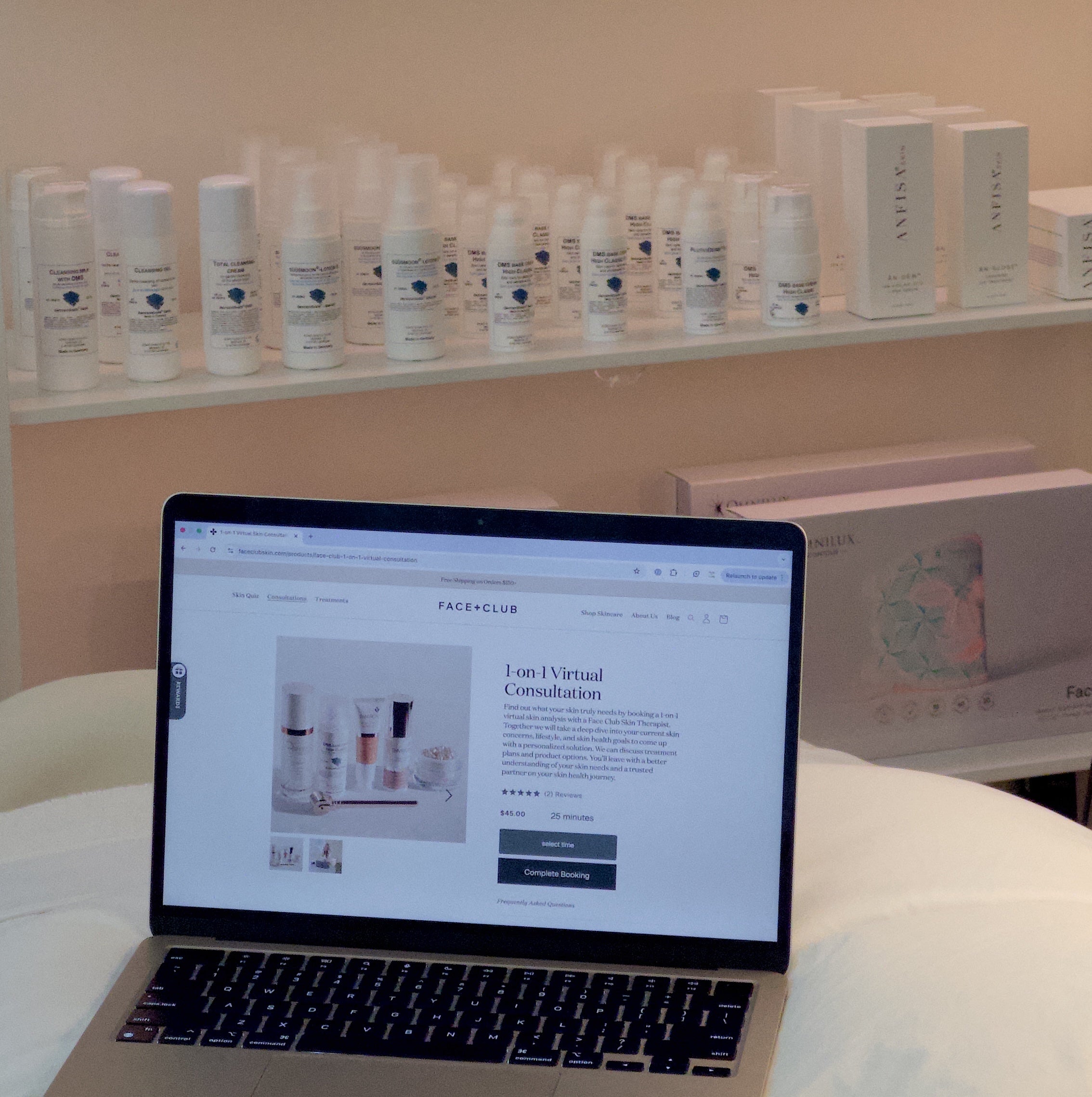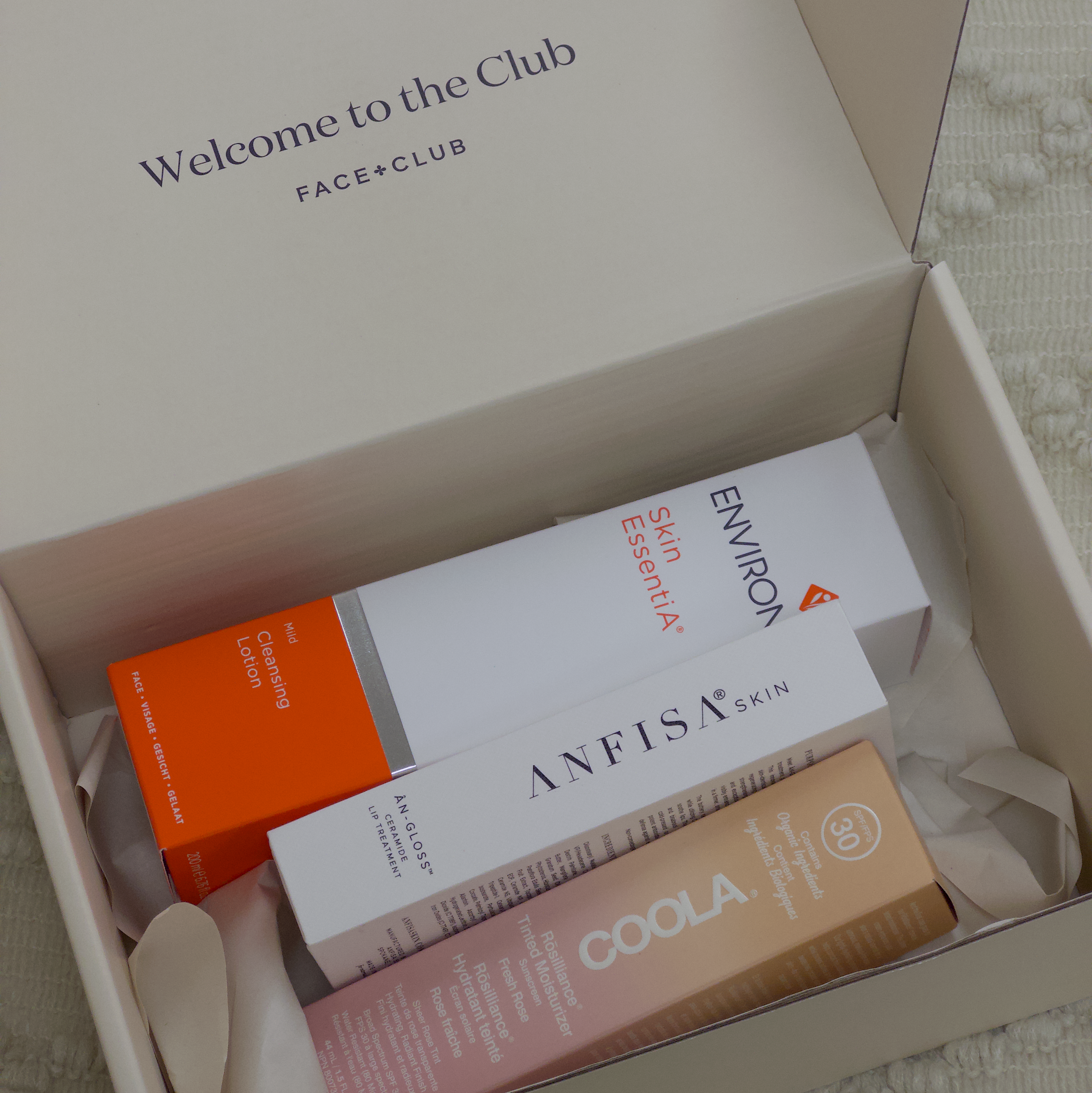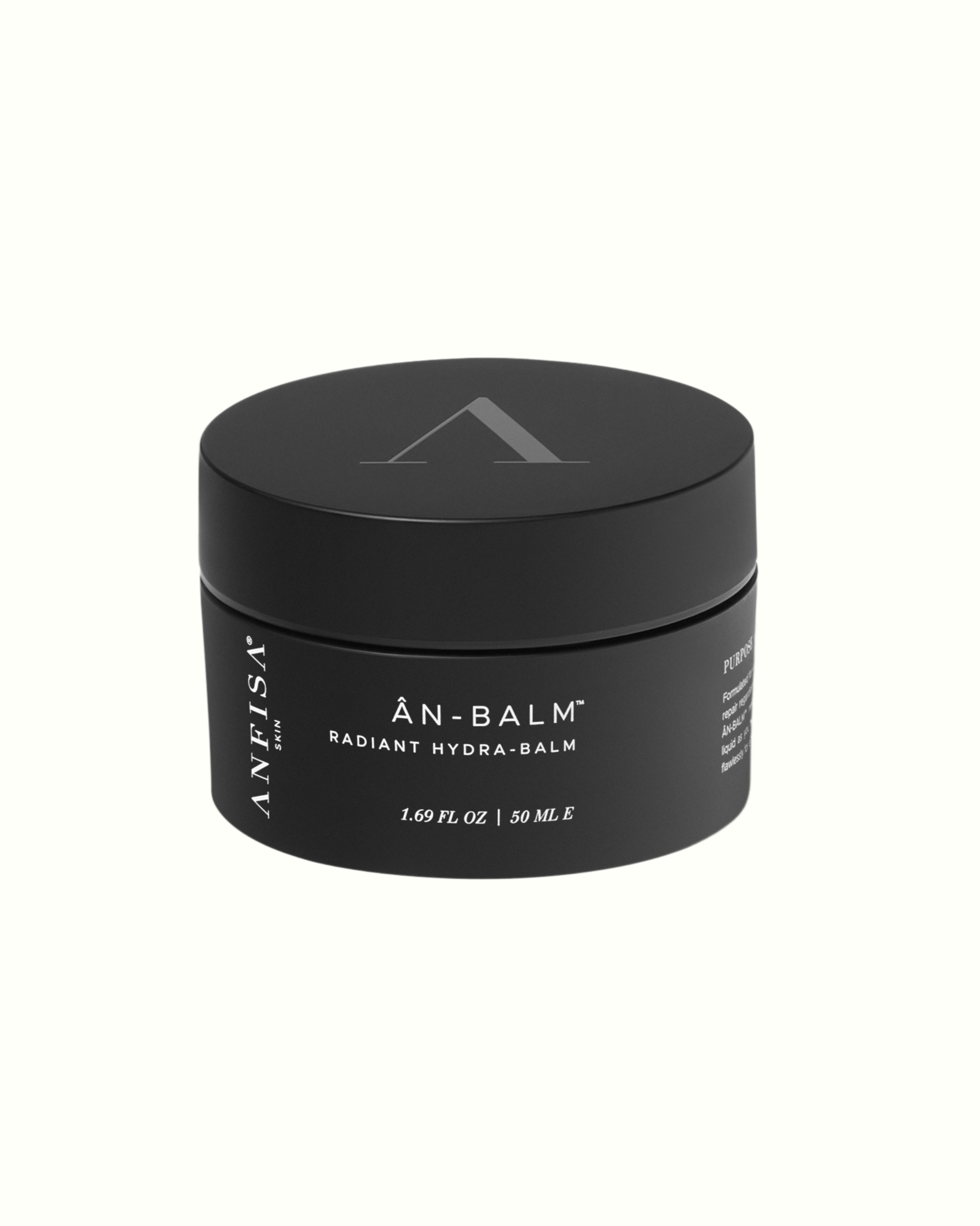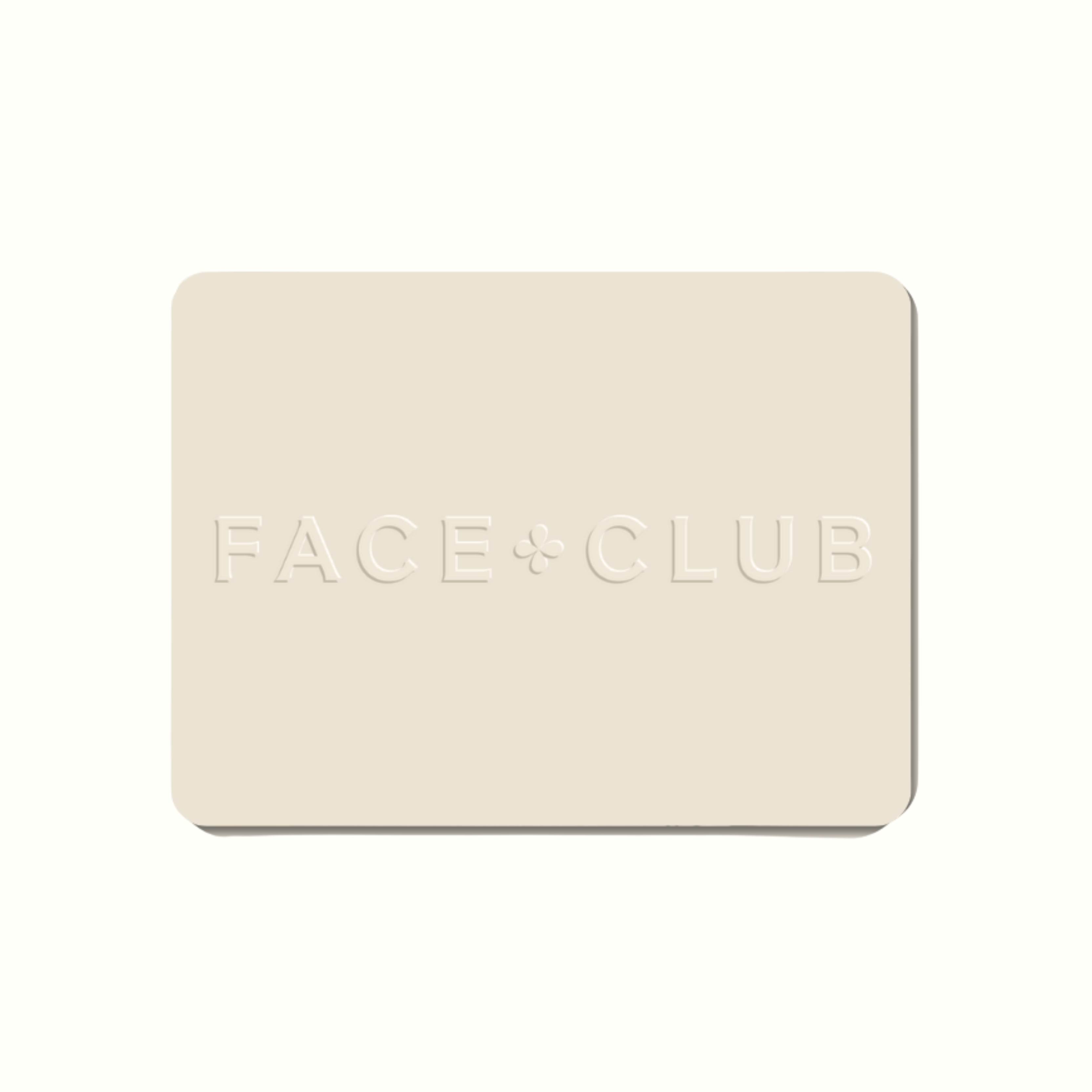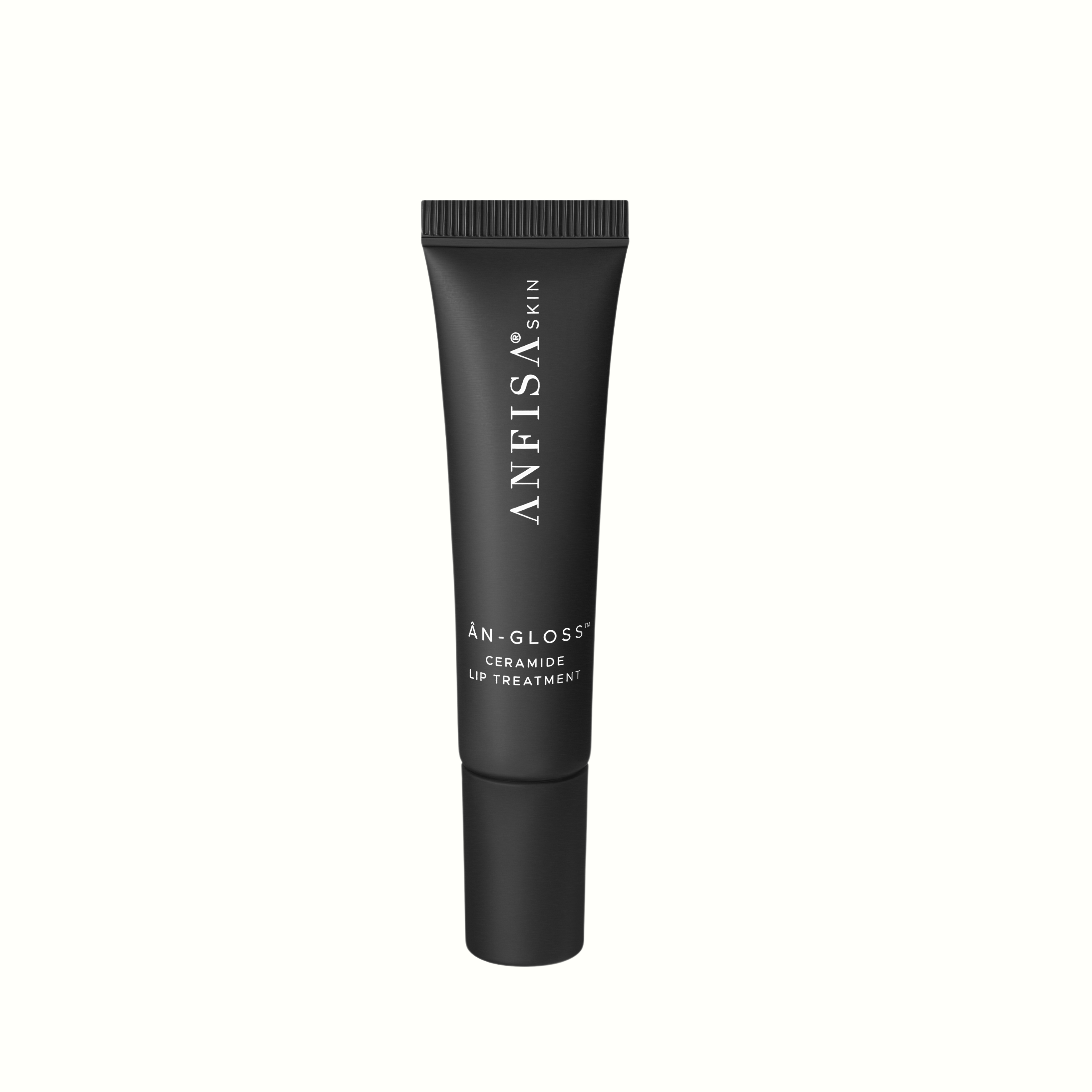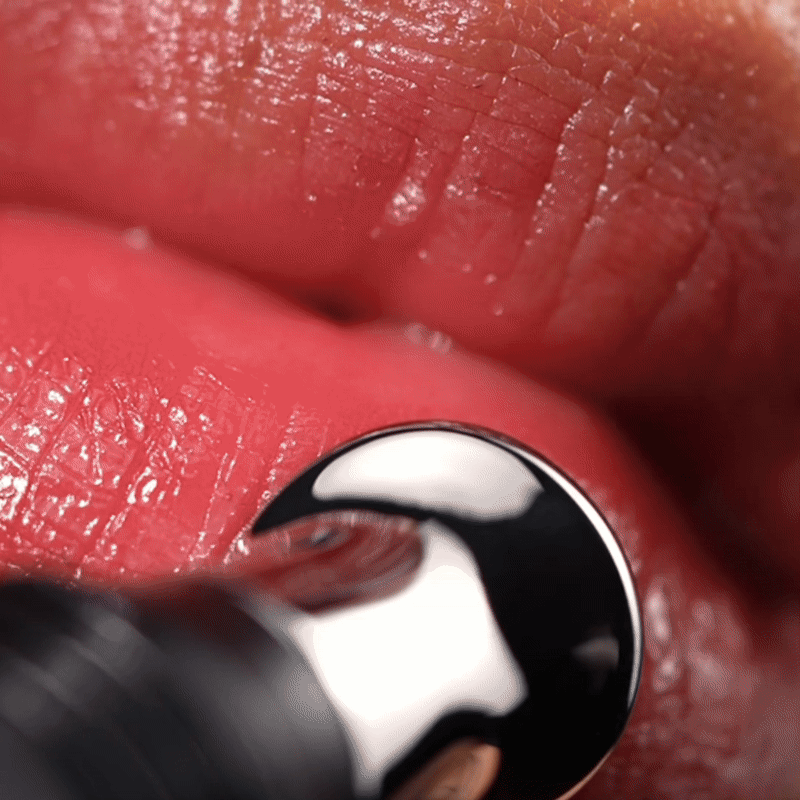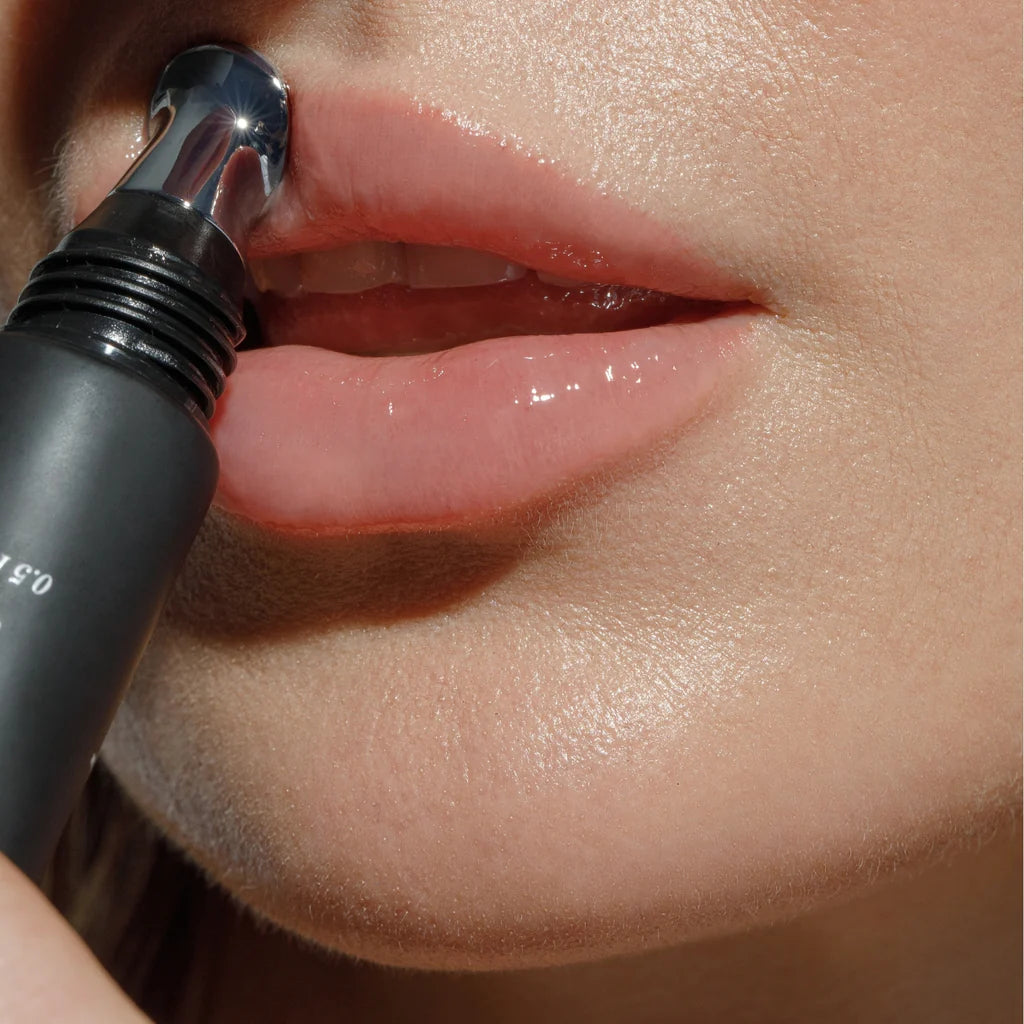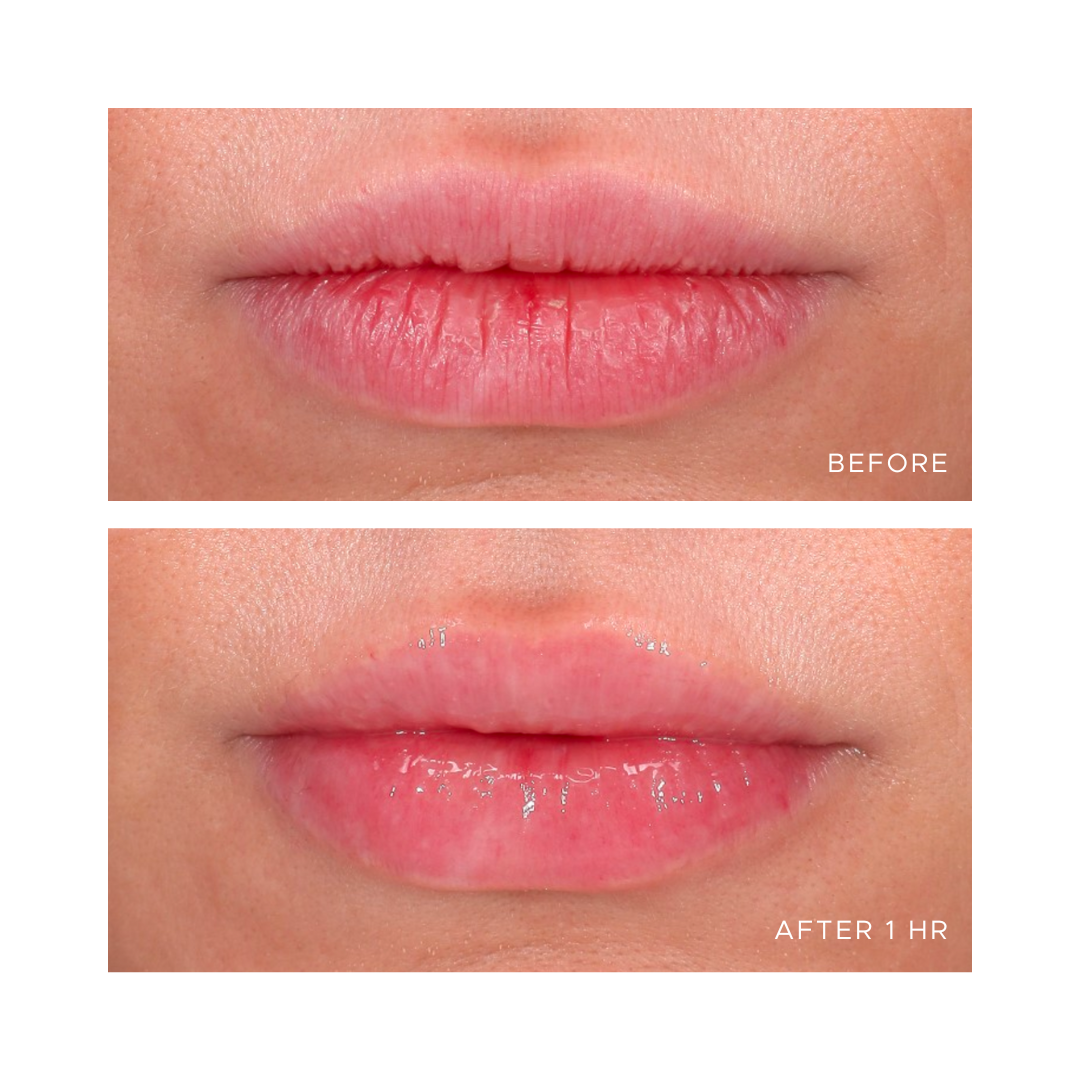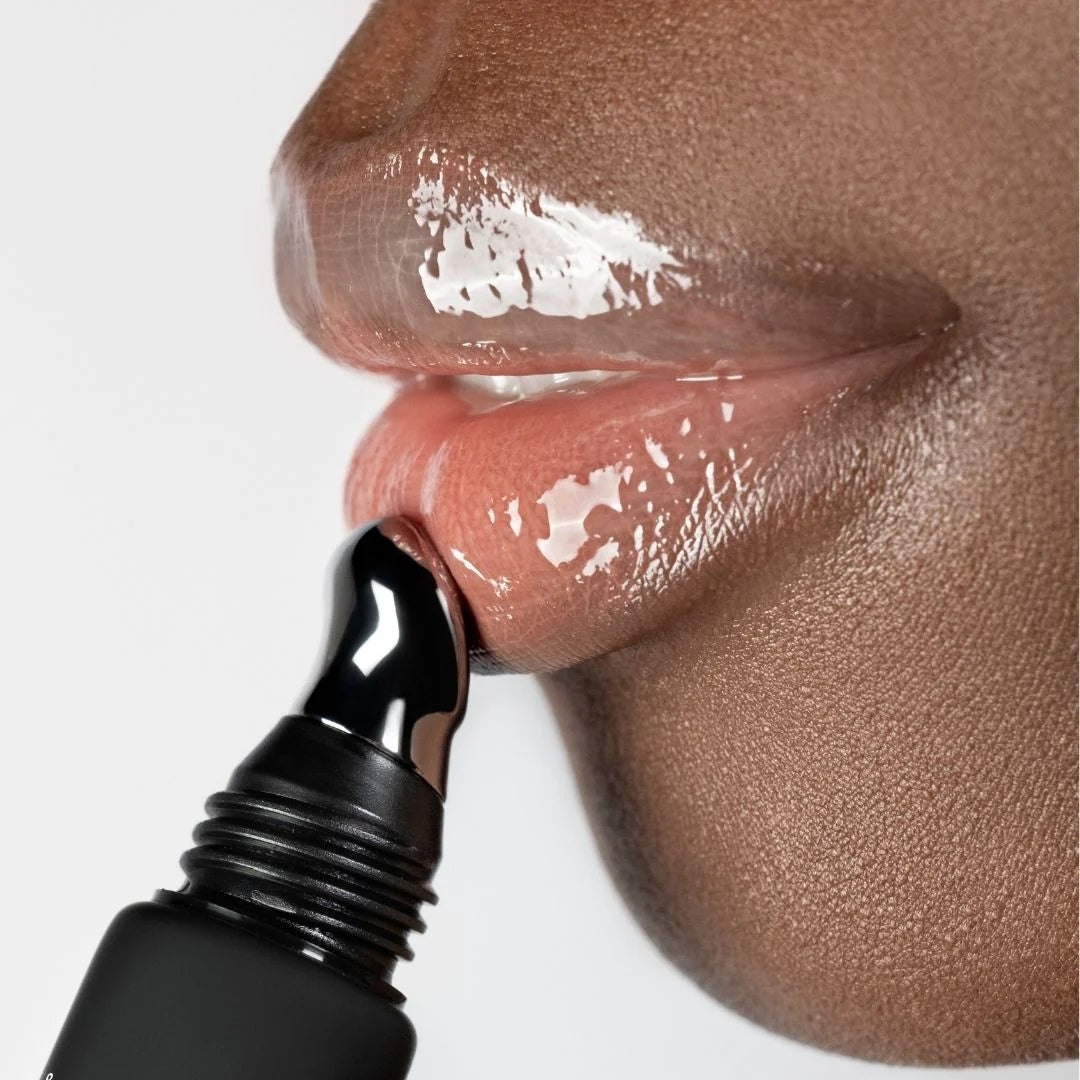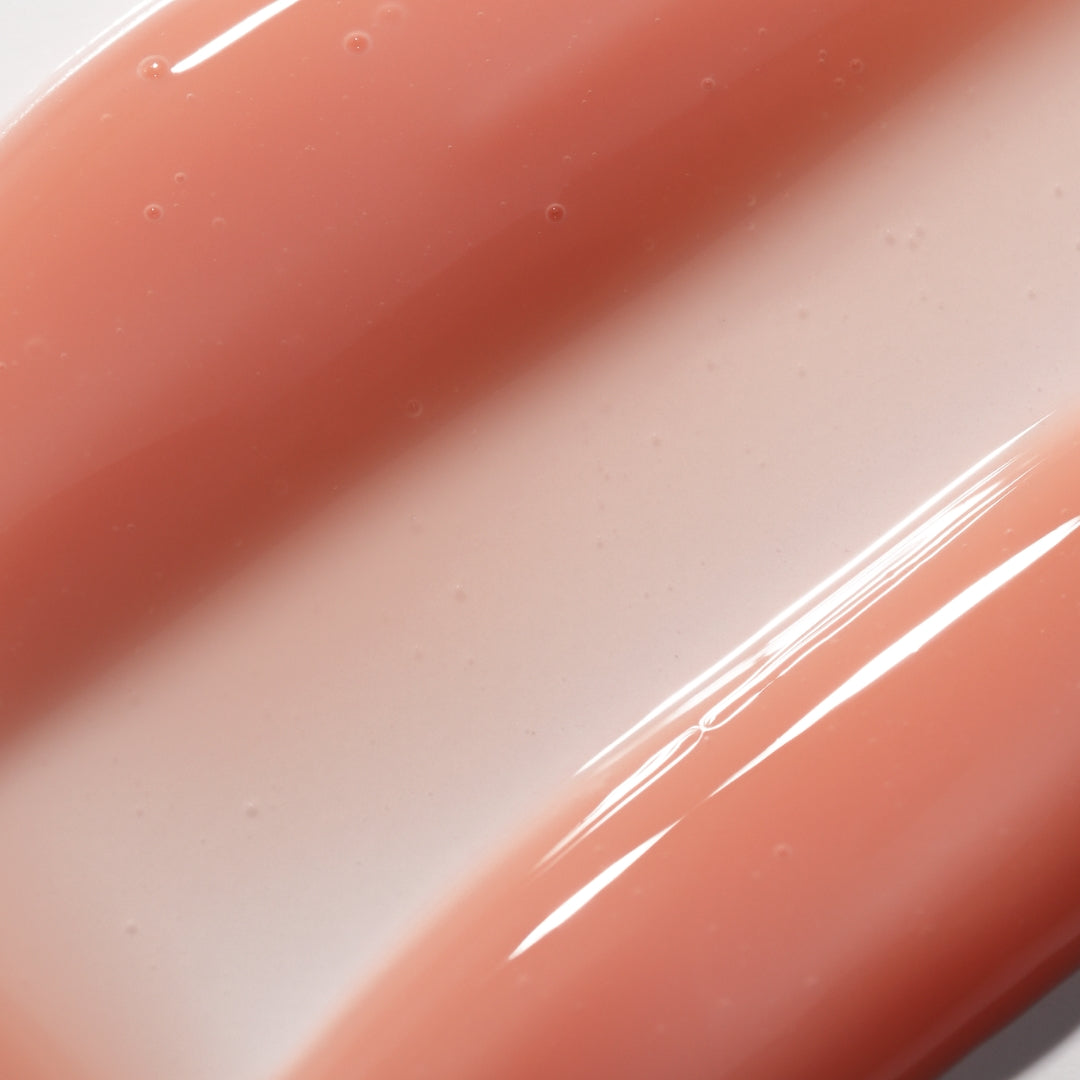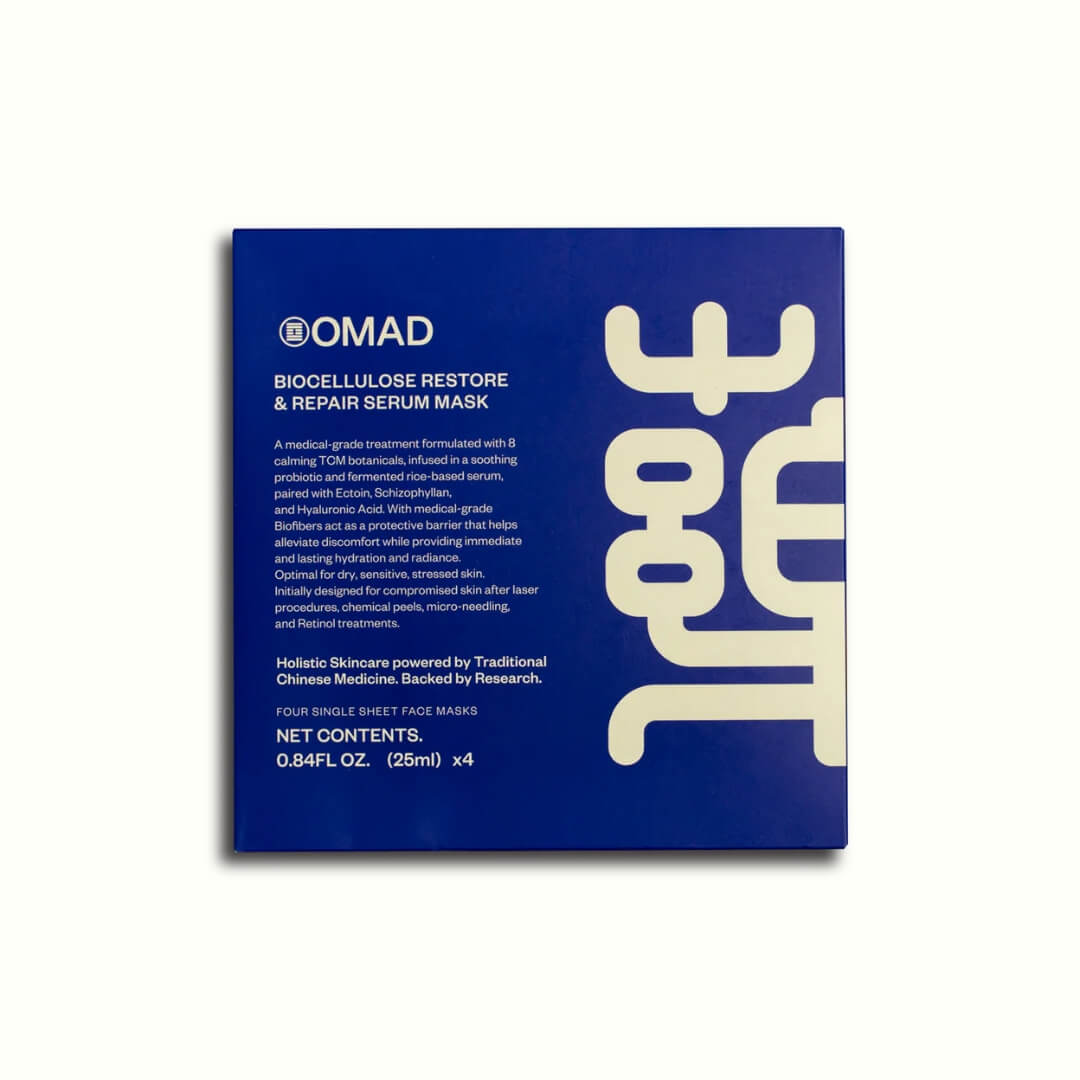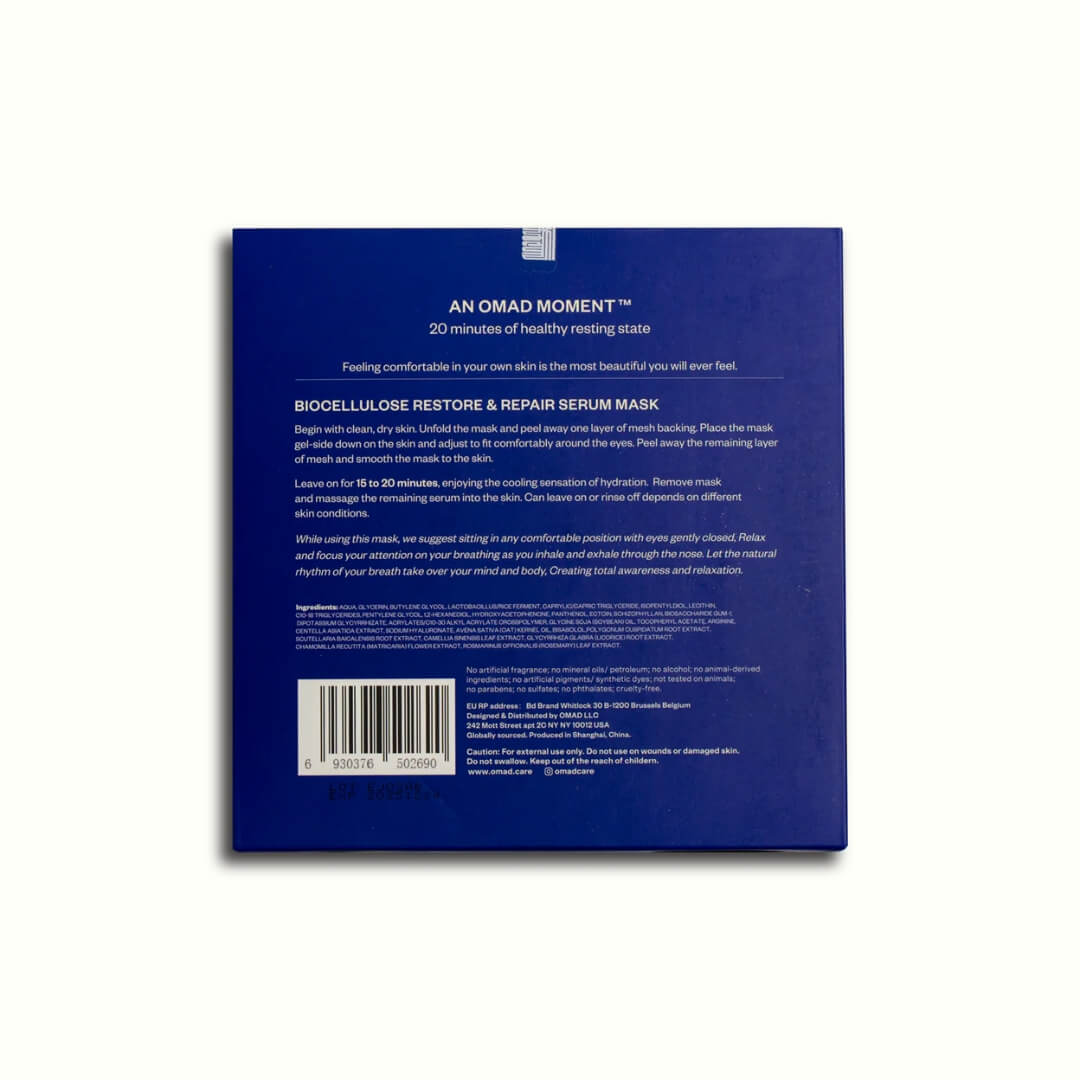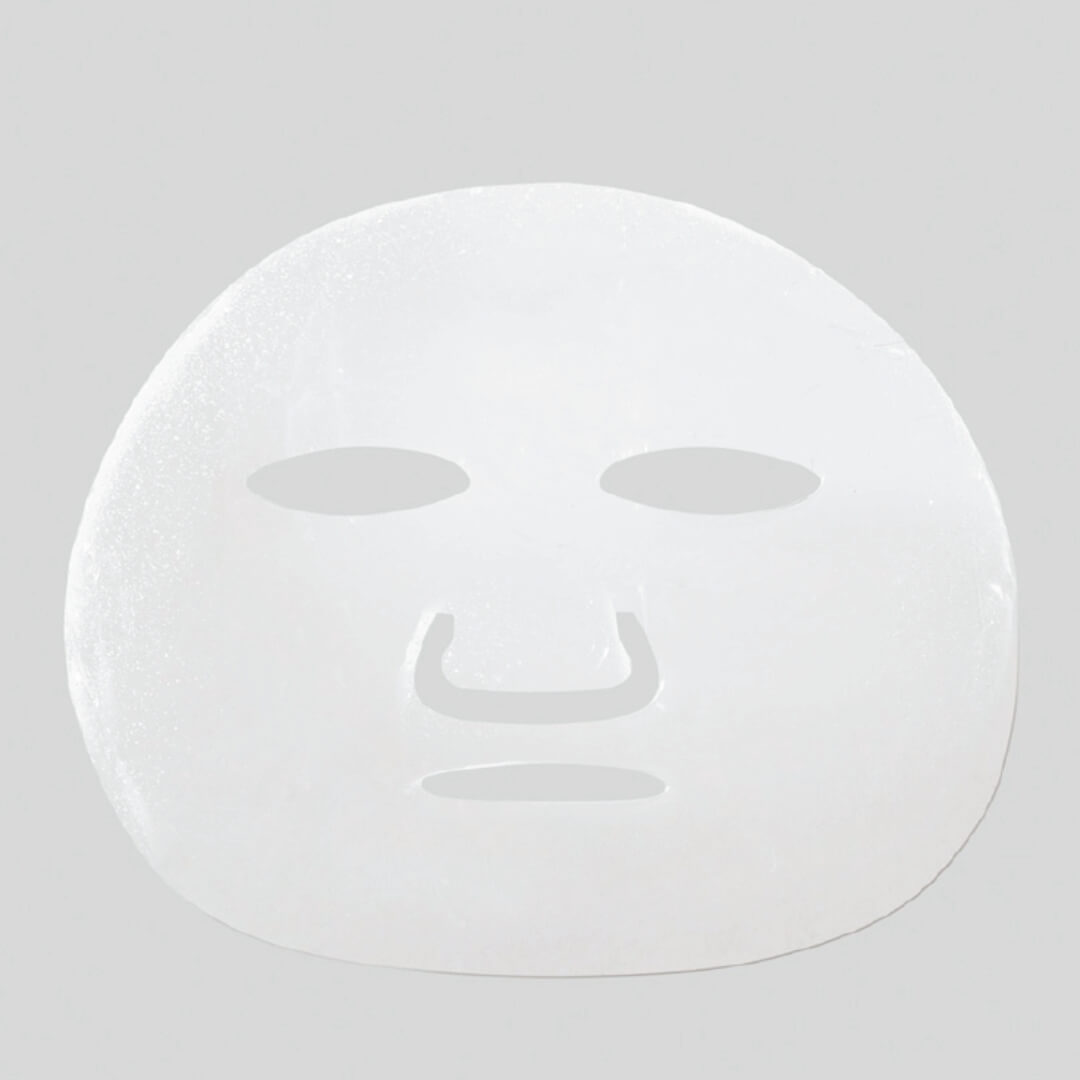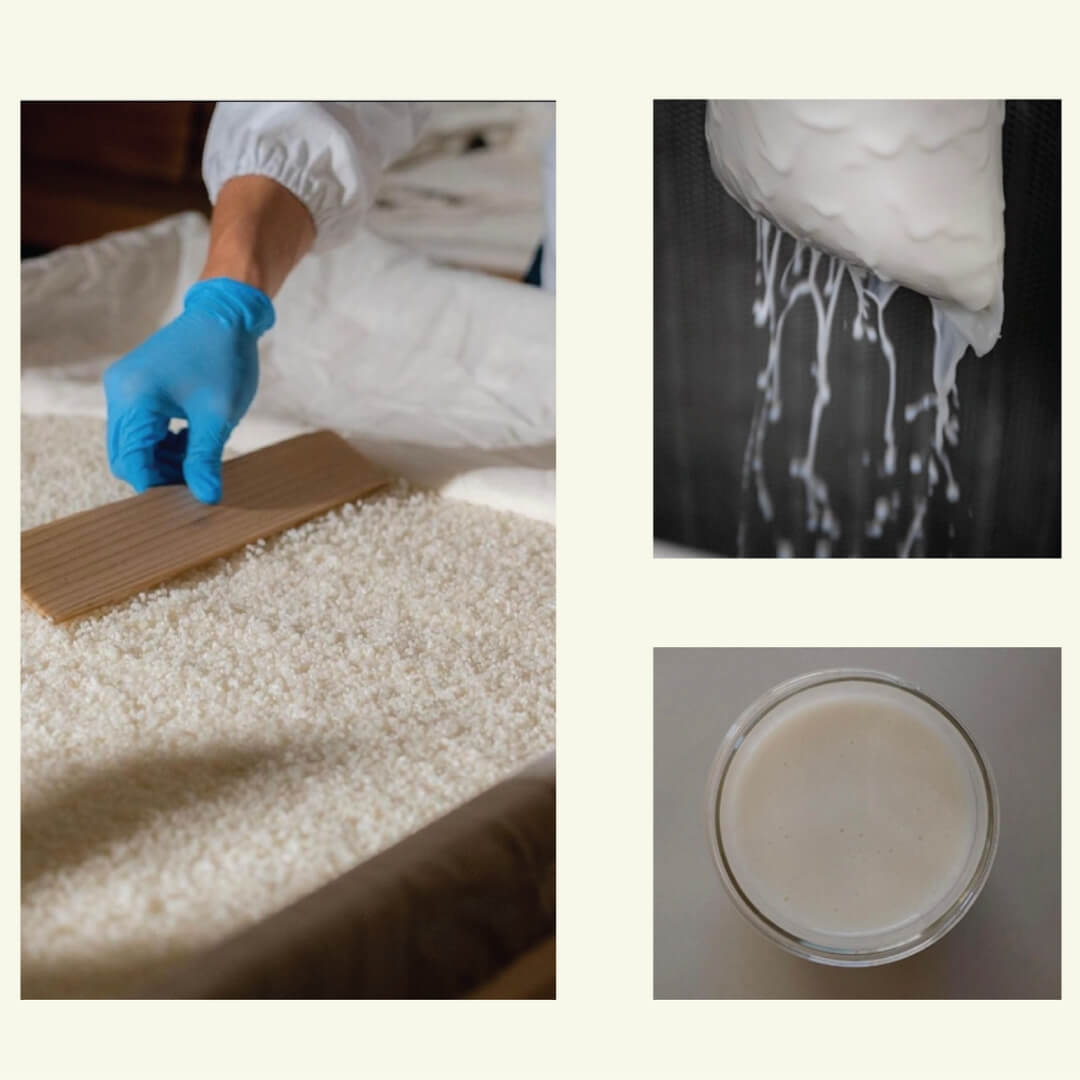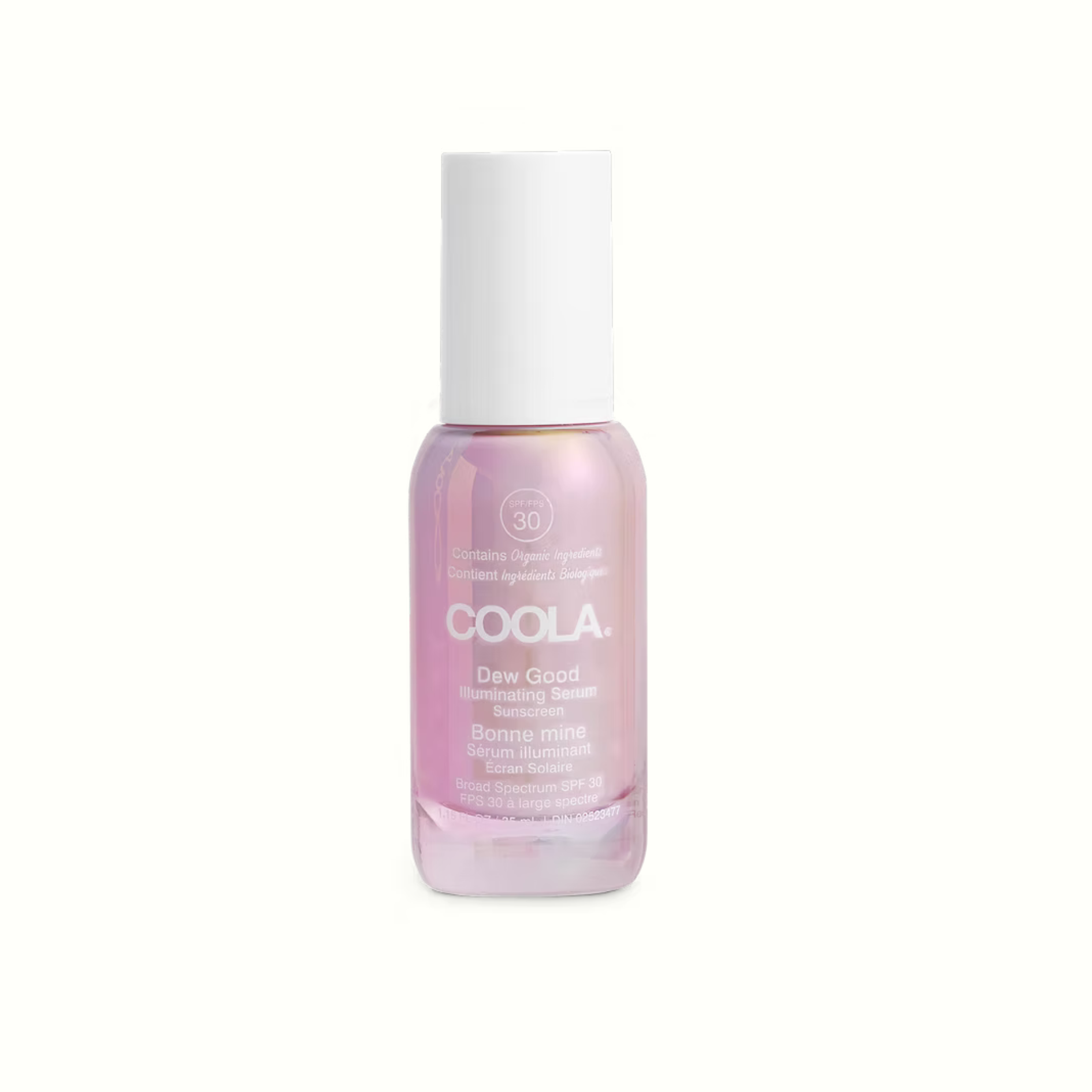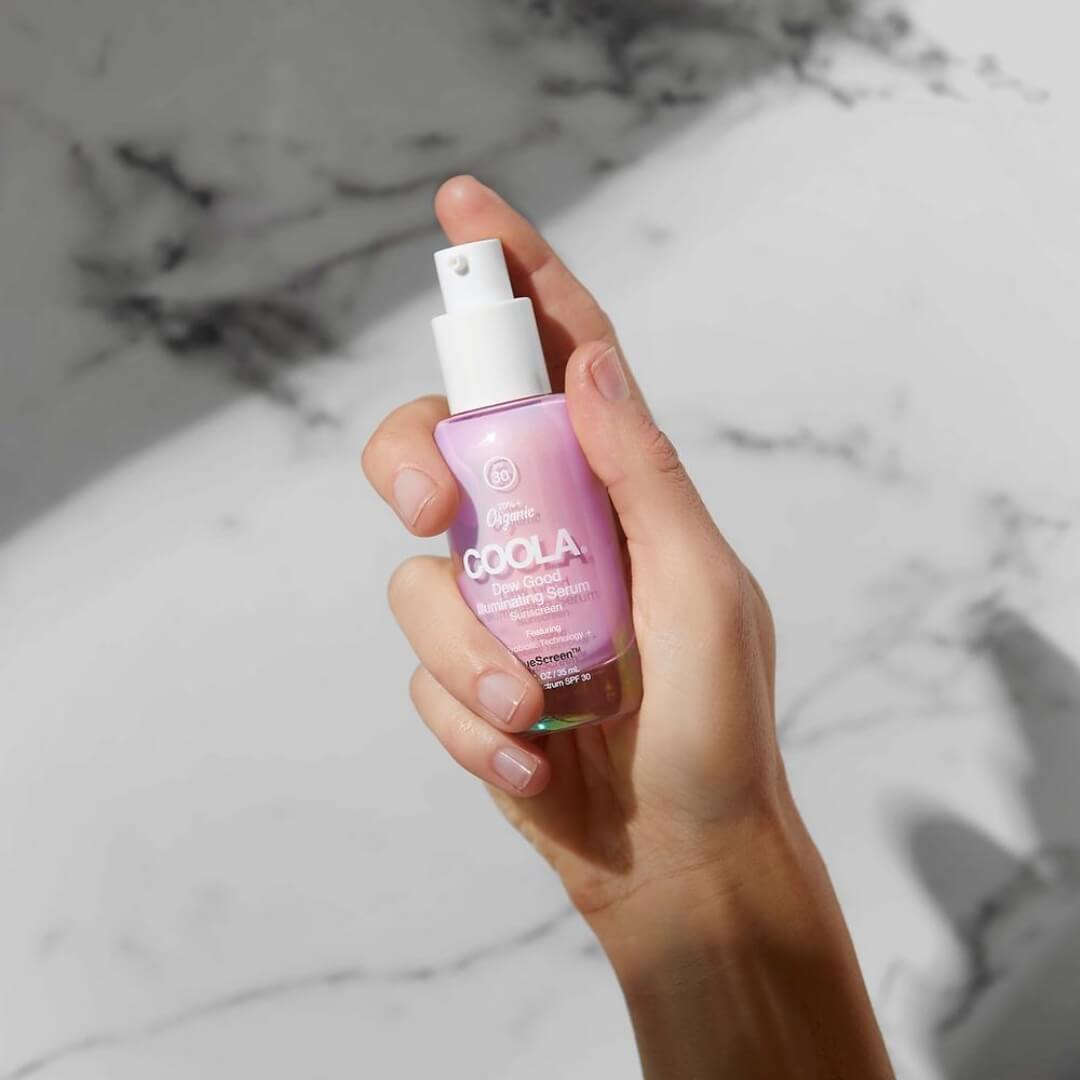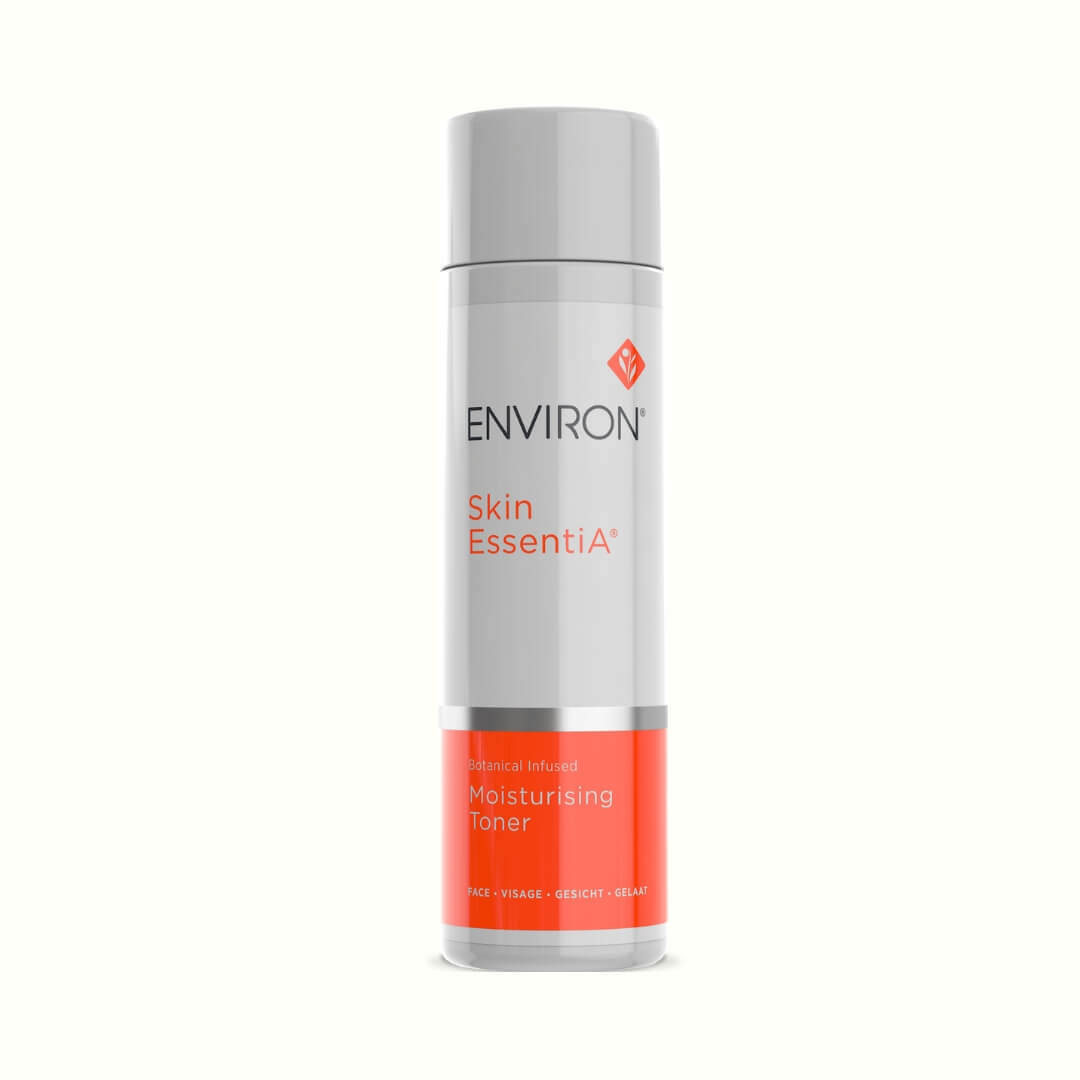Oily skin is the result of overactive sebaceous glands, causing the skin to feel slick/oily to touch, and may have comedones (whiteheads and blackheads), or enlarged pores in the T-zone area. When treating oily skin, it’s important to prioritize ingredients that regulate oil production, gently exfoliate, and are anti-bacterial.
Oily Skin Triggers
Oily skin is primarily caused by the following factors:
- Genetics: There is often a genetic component to oily skin. If one of your parents has oily skin, you might be more susceptible to overactive sebaceous glands.
- Hormones: Hormonal fluctuations during puberty, menstruation, or stress can trigger an increase in oil production.
- Diet: High-glycemic foods and dairy products can trigger oil production.
- Climate: Increases in temperature and humid weather can cause your skin to overproduce oil.
- Incorrect Skincare: Where many people go wrong is by over-stripping the skin of its natural oils, causing the sebaceous glands to compensate by producing even more oil.
Symptoms of Oily Skin
Oily skin has distinct characteristics, making it easy to identify:
- Slick/Oily Feel: Skin feels greasy to the touch, especially in the T-zone (forehead, nose, and chin).
- Comedones: Presence of whiteheads and blackheads.
- Enlarged Pores: Noticeably larger pores in the T-zone area.
- Frequent Breakouts: Prone to acne and blemishes.

The Best Ingredients for Oily Skin
To effectively manage oily skin, prioritize ingredients that regulate oil production, gently exfoliate, and are anti-bacterial. Here are the best ingredients and recommended products from Face Club:
Salicylic Acid
A beta-hydroxy acid that breaks up sticky sebum in the pore, while gently exfoliating and calming inflammation.
Recommended Product: Environ Sebu-Wash Gel Cleanser
Vitamin A (Retinoids)
Vitamin A plays a major role in cellular renewal and healthy skin. It reduces excess sebum and aids in skin rejuvenation and protection.
Recommended Product: Osmosis Clarify
Kaolin Clay
Kaolin clay draws out impurities, absorbs excess oil to calm breakouts, while simultaneously exfoliating, detoxifying, and stimulating circulation.
Recommended Product: Hydrating Clay Masque
Oily Skin Prevention
While you can’t change your genetics or hormones, you can take steps to manage oily skin and prevent breakouts:
- Cleanse Daily: Keep your skin clean by cleansing in the morning and double cleansing in the evening to prevent excess oil build-up.
- Avoid Over-Exfoliating: Over-washing can strip the skin of natural oils, causing it to produce even more oil.
- Use a Targeted Mask Weekly: Using a salicylic acid or kaolin clay based mask weekly can target oil production and decrease breakouts.
- Eat a Balanced Diet: Limit high-glycemic foods and dairy products.
-
Supplementing with Omega-3'sb: EFA’s can improve the quality of sebaceous secretions.
Struggling with oily skin? Talk to a licensed Face Club Skin Therapist to help you find the perfect skincare routine tailored to your skin's needs. Book an appointment now and start your journey to better skin.

